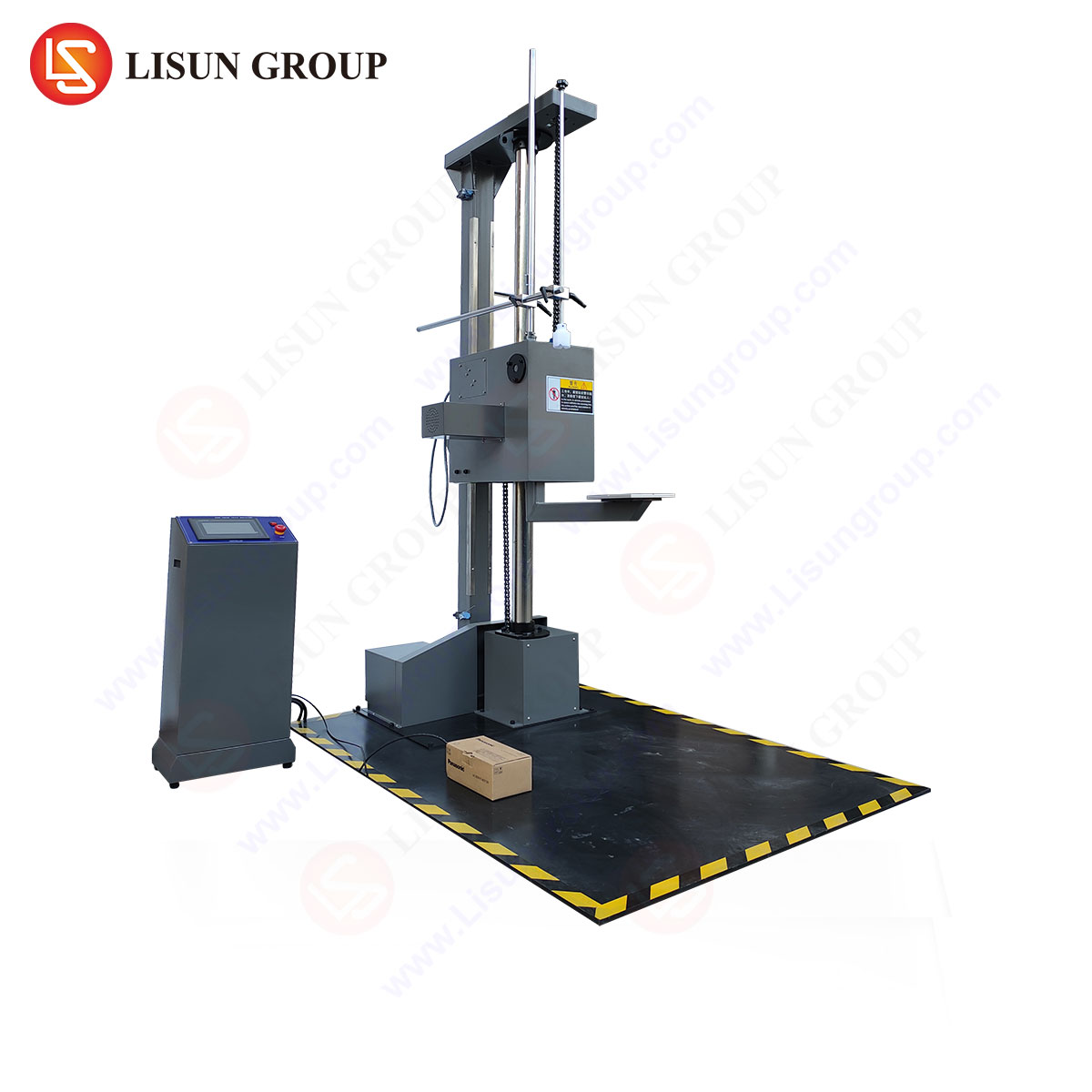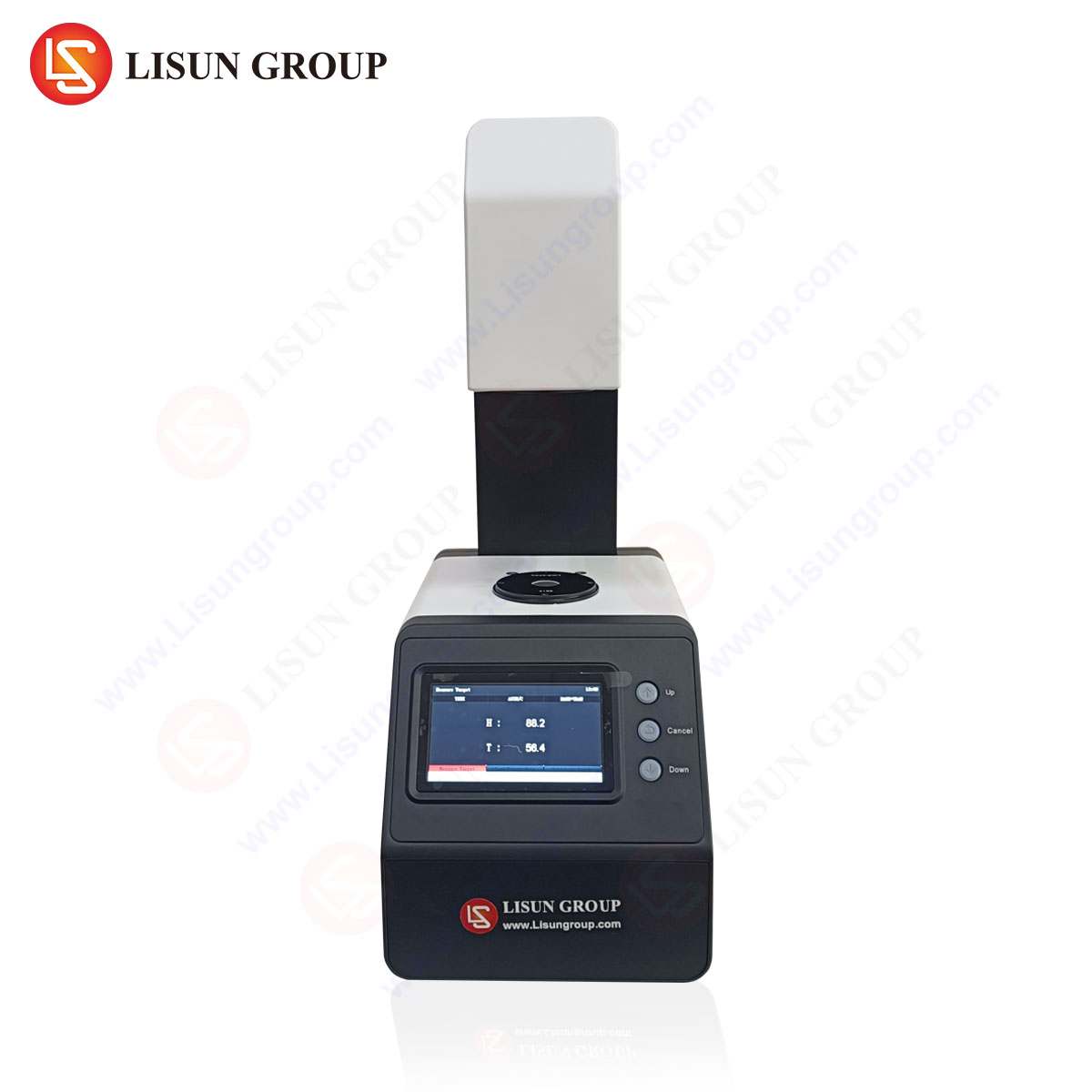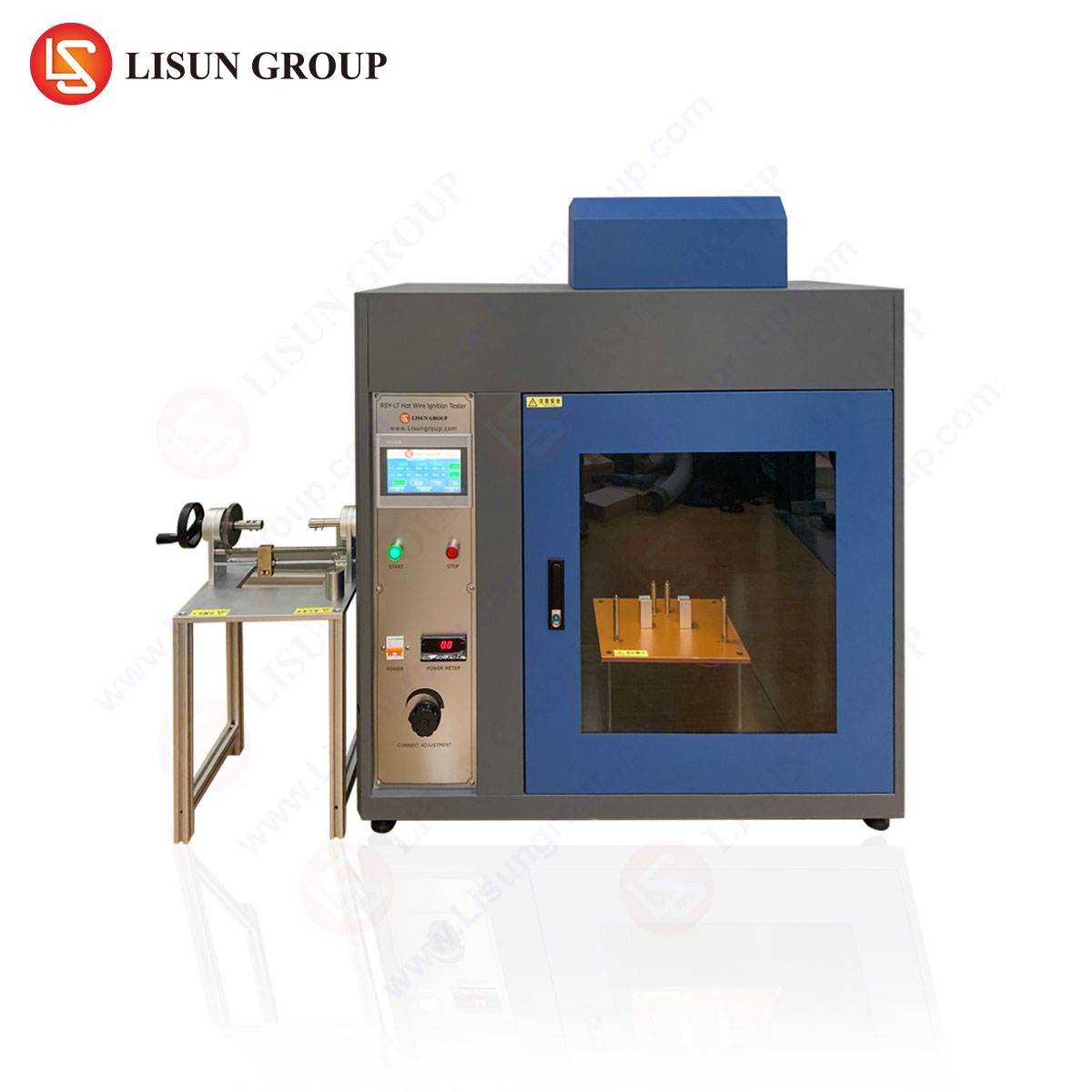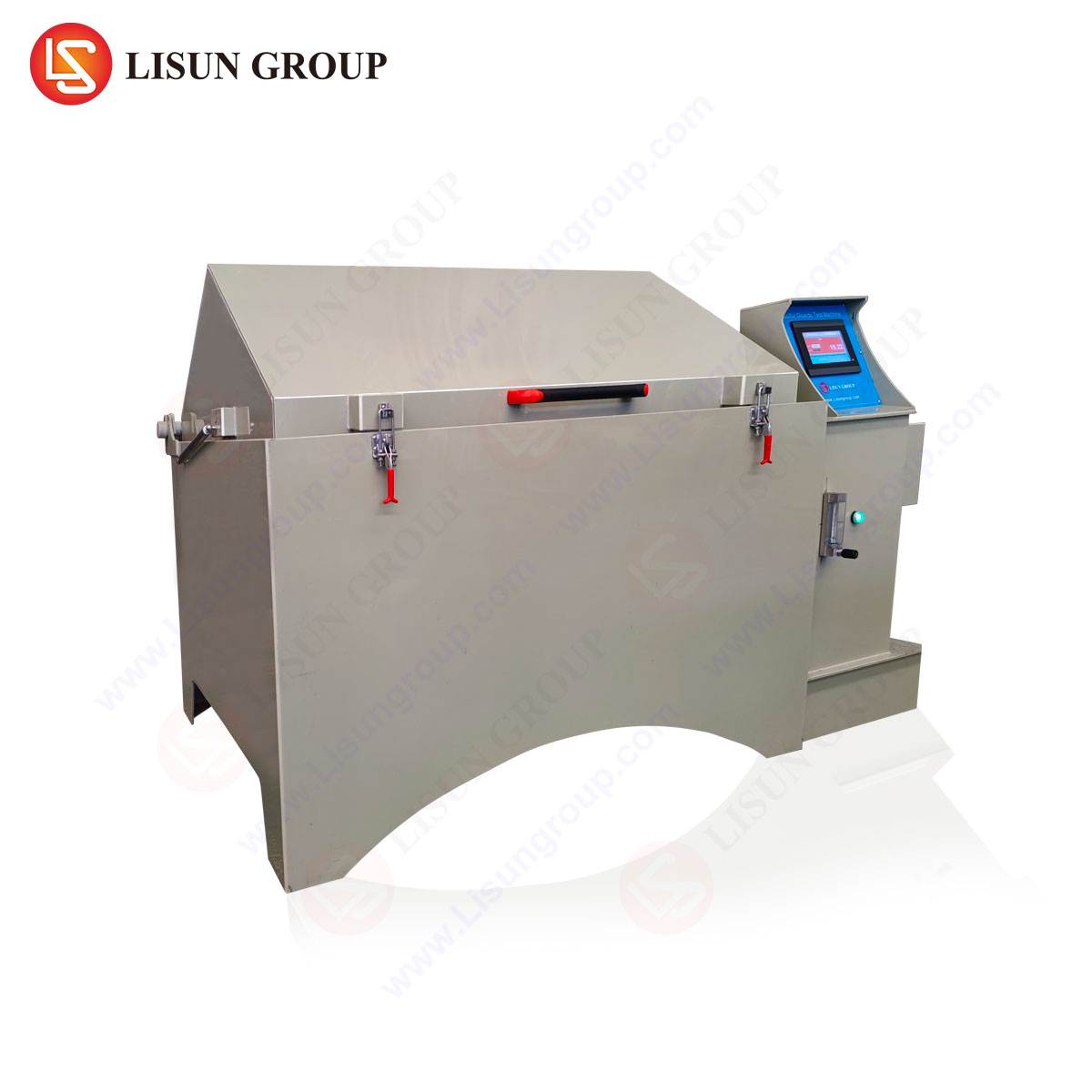Introduction to Sulphur Dioxide Corrosion Testing
Sulphur dioxide (SO₂) is a highly corrosive gas that accelerates material degradation, particularly in electrical and electronic components exposed to industrial or marine environments. Sulphur dioxide test chambers simulate these harsh conditions to evaluate material resilience, coating integrity, and component longevity. These chambers are indispensable in industries where corrosion resistance is critical, including automotive electronics, aerospace components, and medical devices.
The LISUN SQ-010 Sulphur Dioxide Test Chamber is engineered to meet stringent international standards, providing precise SO₂ concentration control, uniform gas distribution, and repeatable test conditions. This article examines the technical principles, industry applications, and competitive advantages of SO₂ test chambers, with a focus on the SQ-010 model.
Design and Operational Mechanics of the SQ-010 Test Chamber
The SQ-010 test chamber employs a sealed enclosure with controlled SO₂ injection, temperature regulation, and humidity stabilization to replicate corrosive atmospheres. Key design features include:
- Gas Concentration Control: The chamber maintains SO₂ concentrations between 0.1% to 1%, adjustable in accordance with test requirements (e.g., IEC 60068-2-42, ISO 6988).
- Temperature and Humidity Regulation: Operating ranges of +15°C to +50°C and 85% to 98% RH ensure accurate simulation of tropical or industrial environments.
- Corrosion-Resistant Construction: The interior utilizes PP (polypropylene) or stainless steel to prevent chamber degradation during prolonged testing.
- Automated Test Cycles: Programmable logic controllers (PLCs) enable unattended operation with real-time monitoring of SO₂ levels, temperature, and humidity.
Testing Standards and Compliance Frameworks
SO₂ corrosion testing adheres to multiple international standards, ensuring cross-industry validity. The SQ-010 complies with:
- IEC 60068-2-42: Assesses corrosion resistance in electrical and electronic equipment.
- ISO 6988: Evaluates metallic coatings under SO₂ exposure.
- ASTM B117: Modified for SO₂ testing in automotive and aerospace applications.
- GB/T 2423.19: Chinese standard for environmental testing of electronic components.
These frameworks ensure that test results are reproducible and comparable across different regulatory jurisdictions.
Industry-Specific Applications of Sulphur Dioxide Testing
1. Automotive Electronics and Electrical Components
Modern vehicles integrate sensitive electronics in engine control units (ECUs), sensors, and infotainment systems. SO₂ testing validates the durability of conformal coatings, connectors, and PCB assemblies against exhaust gases and industrial pollution.
2. Aerospace and Aviation Components
Aircraft avionics and wiring systems must withstand high-altitude humidity and sulphur-rich atmospheric conditions. The SQ-010 chamber tests aluminum alloys, titanium fasteners, and composite materials for corrosion resistance.
3. Medical Devices and Sterilization Equipment
Implantable devices and surgical instruments undergo SO₂ testing to ensure long-term biocompatibility and resistance to sterilization chemicals.
4. Telecommunications and Data Center Hardware
Outdoor telecom cabinets, fiber-optic connectors, and server racks are exposed to industrial pollutants. Accelerated SO₂ testing predicts failure modes in these critical infrastructures.
5. Lighting Fixtures and Outdoor Electrical Enclosures
LED drivers, streetlight housings, and junction boxes are tested for resistance to acid rain and industrial emissions.
Competitive Advantages of the LISUN SQ-010 Test Chamber
- Precision Gas Dispersion System: Ensures uniform SO₂ distribution, eliminating test result variability.
- Enhanced Safety Protocols: Leak detection and emergency venting mechanisms protect operators from hazardous exposure.
- Energy-Efficient Operation: Reduced power consumption compared to legacy chambers, lowering operational costs.
- Modular Data Logging: Exportable test reports in CSV or PDF formats for compliance documentation.
Comparative Analysis: SQ-010 vs. Conventional Test Chambers
| Feature | SQ-010 Test Chamber | Conventional Chambers |
|---|---|---|
| SO₂ Concentration Control | ±0.01% accuracy | ±0.05% accuracy |
| Material Compatibility | PP & stainless steel | PVC or mild steel |
| Test Cycle Automation | Fully programmable | Manual adjustments |
| Compliance Standards | IEC, ISO, ASTM, GB/T | Limited to regional standards |
Case Study: SO₂ Testing in Automotive Relay Systems
A leading automotive supplier utilized the SQ-010 to assess relay contacts under accelerated SO₂ exposure (0.5% concentration, 40°C, 96% RH). Post-test analysis revealed:
- Uncoated copper contacts exhibited severe pitting after 96 hours.
- Silver-plated contacts showed minor tarnishing but maintained conductivity.
- Gold-plated variants demonstrated negligible corrosion, validating their use in high-reliability applications.
FAQ: Sulphur Dioxide Testing with the SQ-010 Chamber
Q1: What is the recommended SO₂ concentration for testing household appliances?
A1: Most standards prescribe 0.33% to 0.67% SO₂ for consumer electronics, simulating moderate industrial exposure.
Q2: How often should chamber calibration be performed?
A2: Quarterly calibration is advised, with gas concentration verification before each critical test series.
Q3: Can the SQ-010 test mixed corrosive gases (e.g., SO₂ + NO₂)?
A3: No, the SQ-010 is optimized for pure SO₂ testing. Mixed-gas chambers are available as specialized variants.
Q4: What sample sizes can the chamber accommodate?
A4: The SQ-010 supports test volumes up to 300L, suitable for large PCB assemblies or multiple small components.
Q5: Does humidity affect SO₂ corrosion rates?
A5: Yes, high humidity (>90% RH) accelerates electrochemical corrosion, necessitating precise climatic control.






